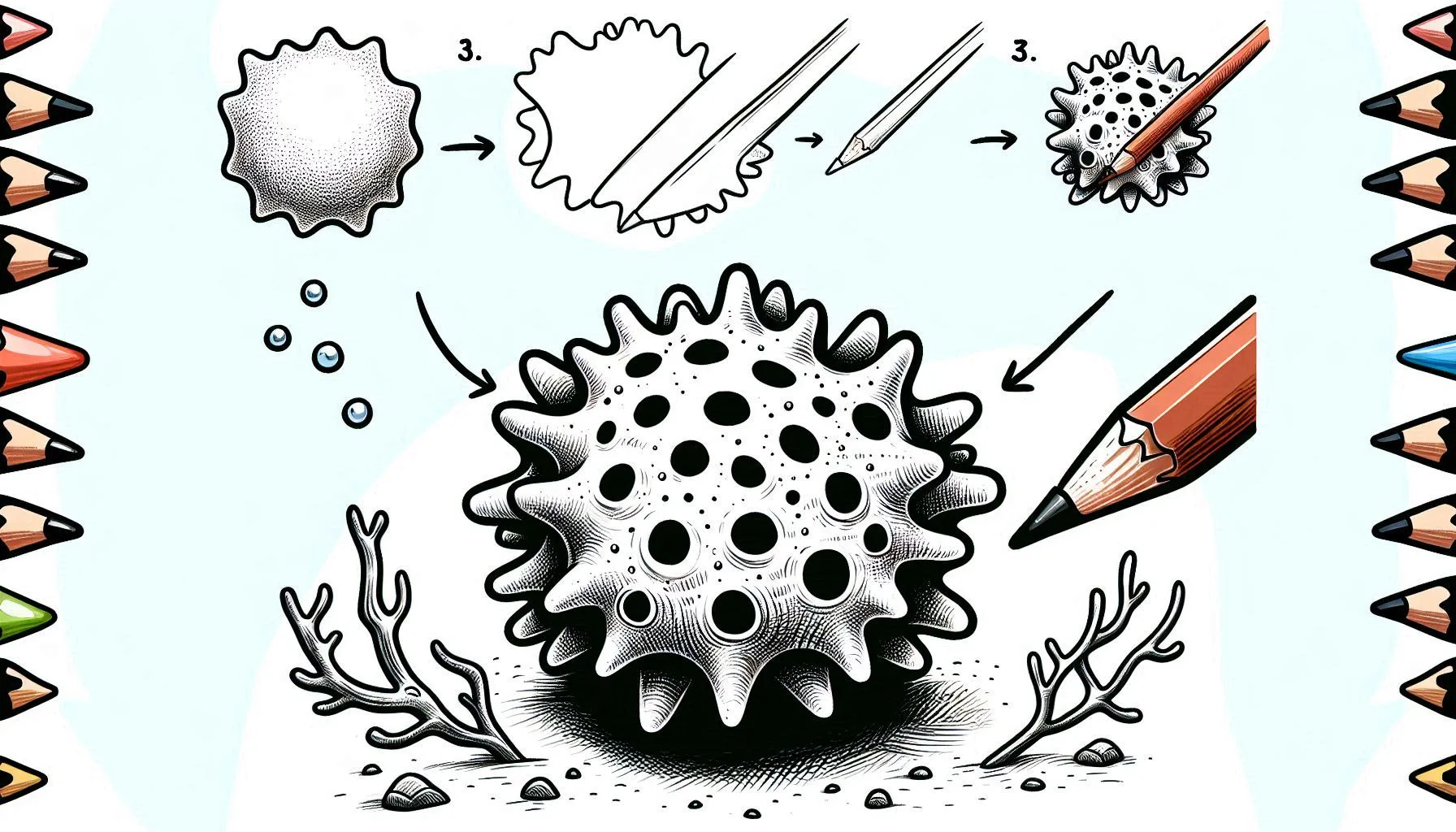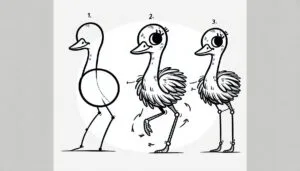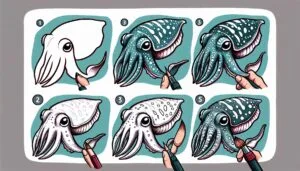Creating a sea sponge drawing can be a fun and educational activity how to draw sea sponge. These captivating marine creatures possess a distinct texture and shape that can present a delightful challenge and serve as a source of inspiration for artists. Whether you’re just starting out or have some experience, this guide will assist you in depicting the unique qualities of a sea sponge on paper.
Table of Contents
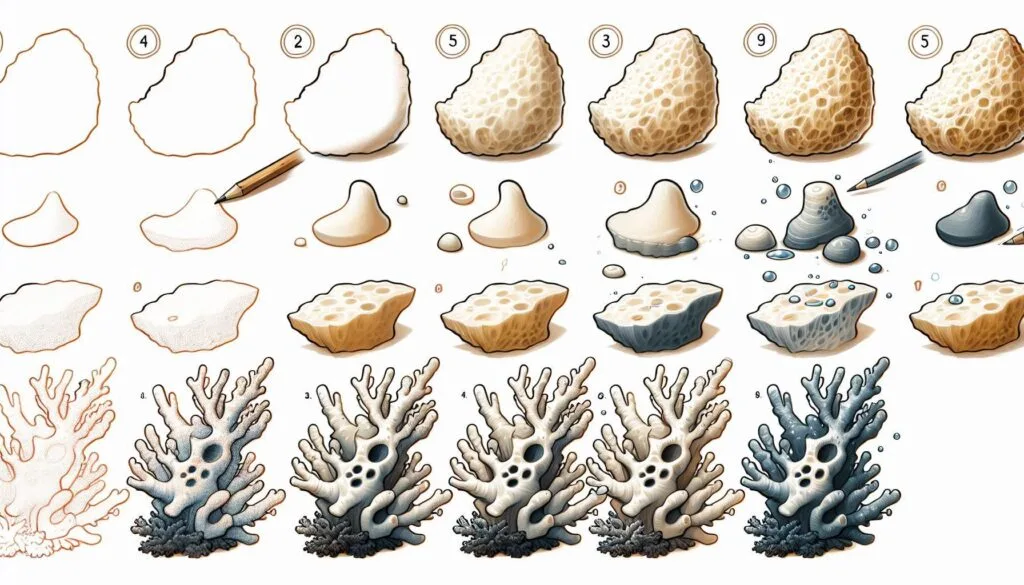
Supplies You’ll Need
Before you begin your sea sponge drawing, make sure you have all the necessary materials:
- Consider using high-quality drawing paper or a sketchpad for your artistic endeavours.
- Pencils come in a variety of hardness levels, such as 2B, 4B, and 6B.
- Erasers for all your needs (kneaded and standard)
- Blending tools like tortillons or blending stumps
- Watercolour paints, markers, or pastels (optional for colouring)
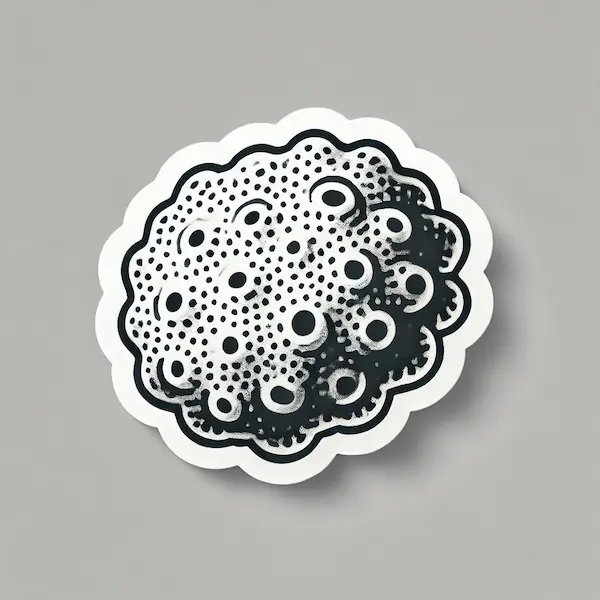
Step by Step guide : How to draw Sea Sponge
Follow these instructions carefully
Step 1: Begin with a point of reference Images:
Take a closer look at images of sea sponges to gain a better understanding of their unique structure and texture.
Step 2: Begin by outlining the sponge:
Create a basic outline to establish the primary structure. Make adjustments easier by using light strokes.
Step 3: Add more details:
Bring your drawing to life by incorporating frayed edges, textures, and other intricate details. Don’t forget to pay attention to shading as well.
Step 4: Shading:
Utilize your pencils to add depth and dimension to your artwork through shading techniques. Take note of how light interacts with the surface of the sponge.
Step 5: Coloring is optional
If you’re using colors, choose shades that complement the natural appearance of the sea sponge or explore a lively palette for a more imaginative touch.
Frequently Asked Questions About Drawing Sea Sponges
Q: What methods can be employed to generate texture?
A: Try out various pencil pressures and strokes. Utilize blending tools to effortlessly enhance the shading and achieve a lifelike texture.
Q: How can I give my sea sponge a more realistic appearance?
A: Be sure to pay close attention to shading. The interplay of light and shadow will give your sponge a sense of depth and dimension3.
Q: Can I incorporate vibrant hues into my sea sponge artwork?
A: Yes, definitely! When it comes to depicting sea sponges, don’t be afraid to use a wide range of vibrant colours to make your drawing more lively and captivating.
Get inspired for your sea sponge drawing!
Appreciating the wonders of sea sponges goes beyond mere replication; it involves capturing their beauty through interpretation and expression. Take inspiration from the natural world and let your personal style and creativity shine through in your artwork.

Conclusion
Keep in mind, mastering the art of drawing requires a lot of patience and practice. Take your time with each step, and don’t be afraid to start over if you’re not happy with the result. Through practice and perseverance, you will gradually improve your skills in drawing sea sponges.
Enjoy your drawing!
I hope this blog post is helpful for you as you embark on your artistic journey of drawing sea sponges. Remember, exploring and creating art is a journey of constant growth and discovery. Embrace and savour every moment!
For a fun guide on how to draw a roundworm, which covers the basic shape and exciting details, visit the tutorial here. The guide features easy-to-understand language and clear, sequential instructions, making it ideal for budding creators. It encourages creativity while helping young ones learn about this unique worm in a fun way!

